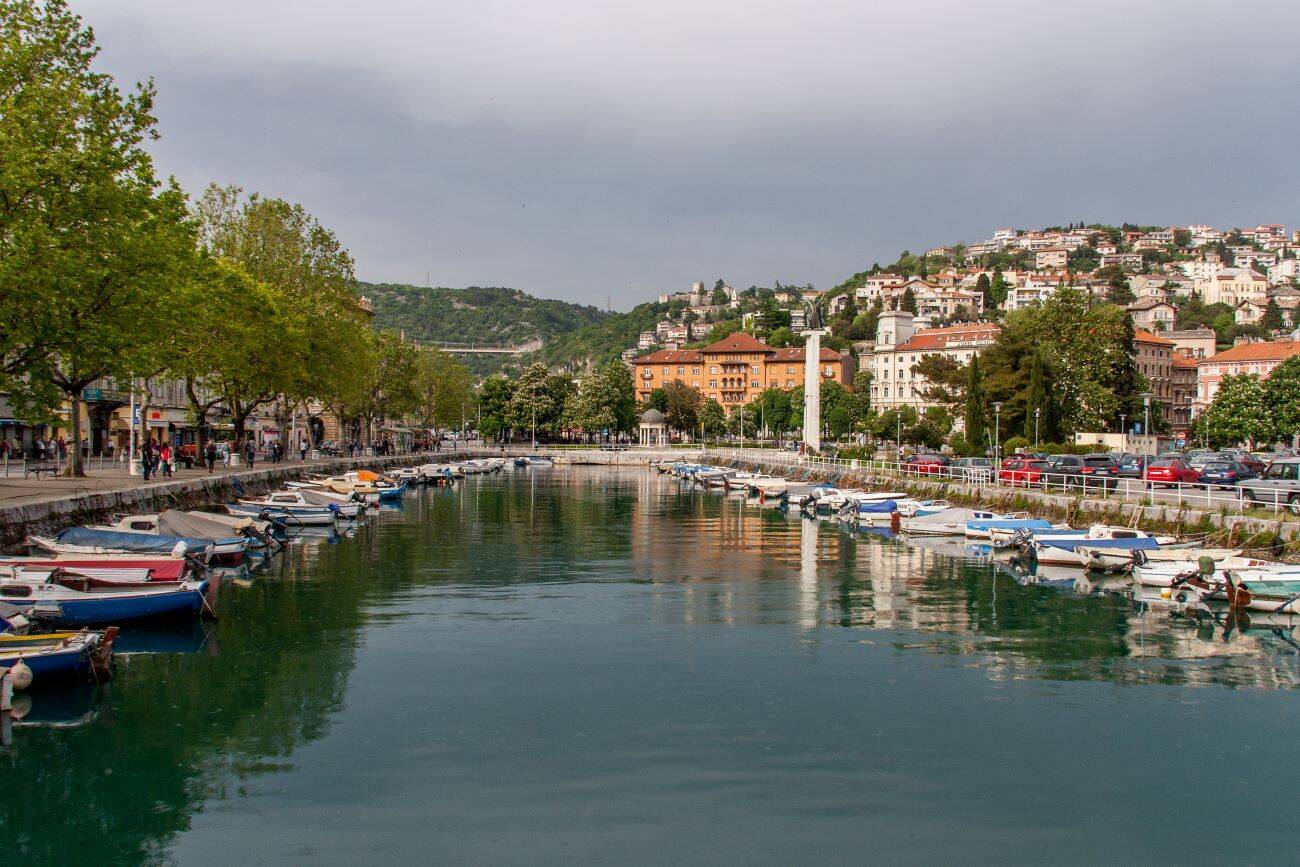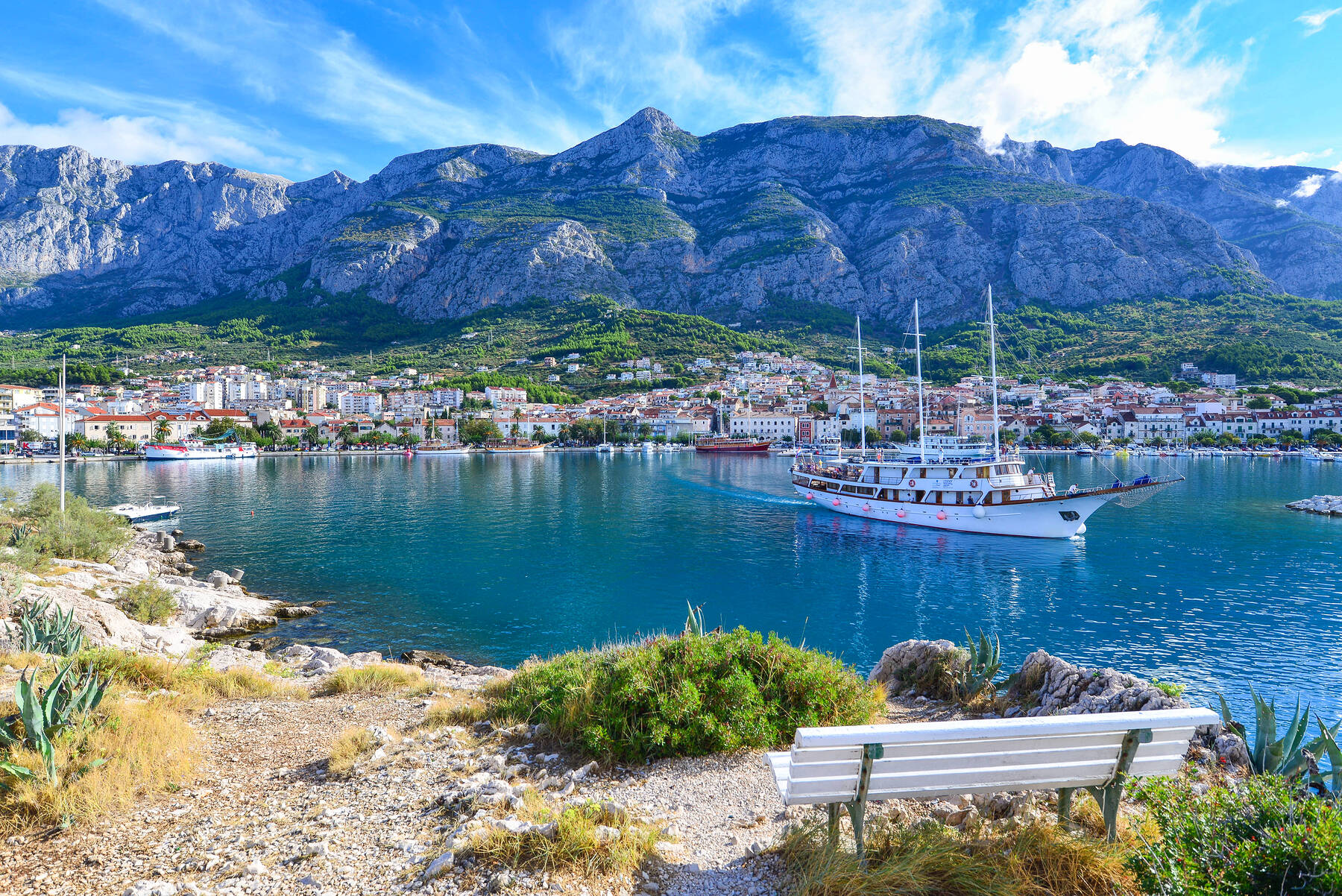Rijeka
The coastal section of this Adriatic highway begins in Rijeka, an important port town and Croatia's third largest city. Rijeka is a 2020 European Capital of Culture, so there are lots of good reasons to make a stop here. Its grand buildings, including the Baroque-style city clock tower, are relics of the Austro-Hungarian era, which share space with architecture dating back to much earlier times, like the Roman arched gateway and circular cathedral of St. Vitus. Take a stroll down the Korzo, the lively pedestrian promenade, pause in one of the sea-facing cafes, or shop at the open air market to stock up for the long journey.

























Comments